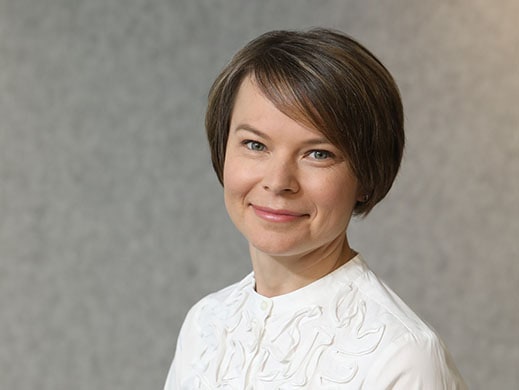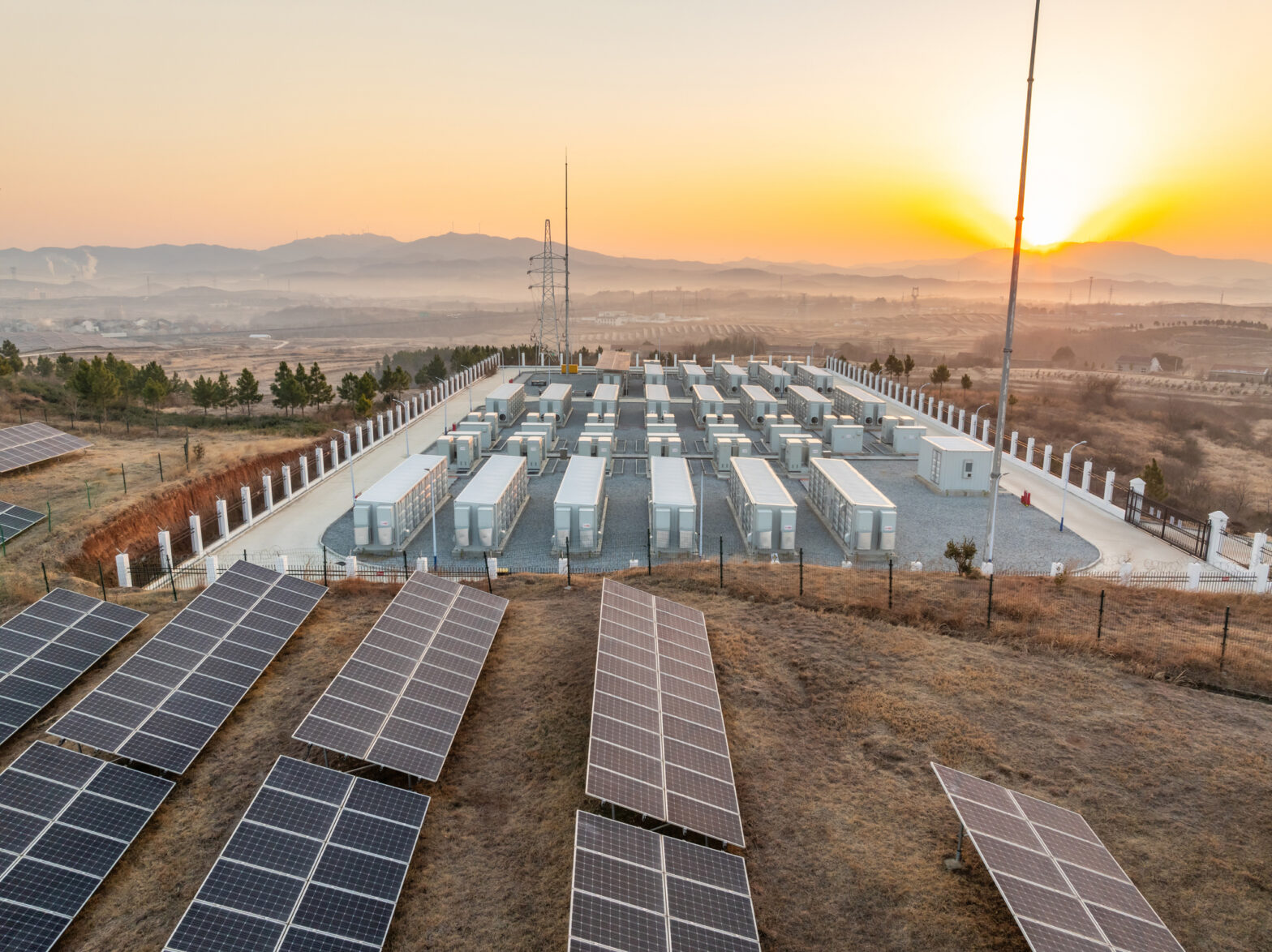I’m spending these few weeks chatting with different leaders in the industry to get their perspectives on the opportunity for demand-side solutions in the clean energy landscape, as well as their take on the recent announcement of Uplight’s planned acquisition of AutoGrid. We’ve had two great conversations already. Today, I’m talking to Nadège Petit, Chief Innovation Officer at Schneider Electric. Nadège is responsible for the external Innovation activities of Schneider Electric including the corporate venture arm SE Ventures, incubations, partnerships, joint ventures and the eMobility business.
Dan Burak: Schneider Electric is involved in just about every facet of the energy ecosystem, from the utility control room all the way out to businesses and consumers. With this perspective, how do you think about our current energy transformation across supply- and demand-side solutions?
Nadège Petit: The energy ecosystem is undergoing its biggest transformation in its history right now. Electrification and digitization are two of the most important megatrends – and imperatives – facing utilities and the grid today, and each of those can potentially bring huge benefits as we work towards decarbonization.
Both the supply side and demand side are changing at an incredible pace, and they’re intertwined like never before. As more and more supply-side renewable energy sources come online, from both traditional producers and new ‘prosumers’ – those previously on the demand side who now both produce as well as consume – supply becomes both more dynamic and, critically, more decarbonized.
The other new variable is that as more and more energy assets go electric, demand is increasing at a rate not seen in decades. In the U.S., for example, electricity demand had been roughly flat for over ten years but is now forecasted to increase significantly. The recent Department of Energy Virtual Power Plant Liftoff report cites that we’ll need to add over 200 GW of peak demand capacity by 2030. Traditionally it has taken time – often years – to build and bring on new ‘conventional’ large-scale supply capacity.
This tension between limited supply and increased demand makes new prosumer and intelligent grid-based solutions a critical piece of the clean energy transformation. Solutions like Virtual Power Plants (VPPs) are shown to be cheaper and faster to deploy than traditional supply-side peaker resources. One of Schneider Electric’s goals is to integrate these new resources reliably into a utility’s planning and resource options, alongside their traditional counterparts.
Dan: With an increased emphasis on demand-side solutions comes the need for energy customers – to become more aware and involved in their energy use than before. What is their incentive to do so?
Nadège: As chief innovation officer, this is an area I am passionate about. So many parts of consumers’ lives are changing to enable them to be more actively involved with their energy use – and their energy production. Some factors are “pushing” them to be more involved, such as rising energy prices or the desire to be more insulated from power outages. Other factors are “pulling” them, like technologies that connect things in their home – from thermostats to electric vehicles to solar panels and batteries – to the grid and each other.
With the ability to smartly consume, and now produce energy, consumers are becoming the Prosumers I referred to earlier–able to actively manage their energy consumption. Then the energy they produce can be fed back into the grid. The rewards are many – from reduced energy bills, increased energy independence, greater use of clean energy, and, increasingly, even financial compensation from their utility provider.
Prosumers are central to the demand-side solutions you’re talking about, which is why engaging them is a key part of Schneider Electric’s strategy for the new energy landscape.
Dan: Speaking of prosumers, Uplight’s acquisition of AutoGrid extends our ability to reach energy customers and engage them in new ways. What role do you see innovation playing in the acquisition?
Nadège: As we’ve mentioned, Schneider Electric plays many parts in the overall energy ecosystem. We work with industries from automotive to food & beverage, healthcare, and of course, utilities themselves. Within the energy space, different demand-side solutions are often siloed, an unfortunate outcome of how the grid has been run for the past 100+ years. Solutions that can knit together grid-connected assets and seamlessly create real, reliable, and efficient flexible capacity across device types, geographies, asset classes, energy markets, and any other number of other variables will quickly become hugely valuable to the grid and its various players.
Given that all these different assets were never designed to work together, getting them all to “talk” to each other, and to the grid, is no small feat. Adding to the challenge is the criticality of the energy grid to our overall infrastructure – safety and reliability must remain a central focus as we innovate.
These challenges are part of why we’re so excited about Uplight’s acquisition of AutoGrid. A huge part of the premise of this transaction is that together, the two companies can bring the best of both worlds to the market: With Uplight, engaging energy customers in a meaningful way to get them to participate in the new, two-way energy marketplaces, and with AutoGrid, creating and managing flexible capacity across many device types, geographies, and markets.
Dan: What does this connection and best-of-both-worlds idea look like through a utility’s eyes?
Nadège: As a utility works to constantly balance supply and demand, this acquisition gives them additional tools to do that work. Starting from the control room with an advanced distribution management system (ADMS), and then moving through to meaningful engagement with an energy customer, this singular view of demand-side capacity is what we call Grid to Prosumer DERMS (Distributed Energy Resource Management System).
Whether a utility is running a demand response event incorporating 10,000 smart thermostats on a hot summer day, or incorporating large, front-of–the-meter grid-scale batteries into their resource planning, being able to blend the broad resources of the thermostats with the high-capacity of the batteries – all in service of flexible capacity – gives a utility an easier, more efficient way to balance the grid. Getting that all from one solution suite makes it far easier for a utility to plan and implement these solutions across the organization.
Dan: Schneider owned AutoGrid prior to the acquisition, and is a significant investor in Uplight. What was the rationale for having Uplight own AutoGrid outright?
Nadège: Schneider Electric has investments across many companies, including in what we call our prosumer portfolio. AutoGrid is among them, as are Qmerit, EnergySage, and EV Connect. All these companies play an important role in creating a compelling, more seamless journey that engages and guides customers along their clean energy journey.
With AutoGrid and Uplight, there is a natural and complementary fit between energy customer engagement and more robust flexible capacity management. Uplight’s world-class Connected Customer Journey engages energy customers, enrolling them into energy programs, and then orchestrating those enrolled devices in things like demand response programs.
AutoGrid’s Flex platform takes the orchestration part of that connected journey and supercharges it – adding more device classes and solutions like Virtual Power Plants (VPPs), microgrids, and energy storage management.
Innovating and managing this under one roof makes that connected journey more seamless and compelling for utilities, device manufacturers, energy retailers, commercial enterprises, and most importantly, energy customers as prosumers.





